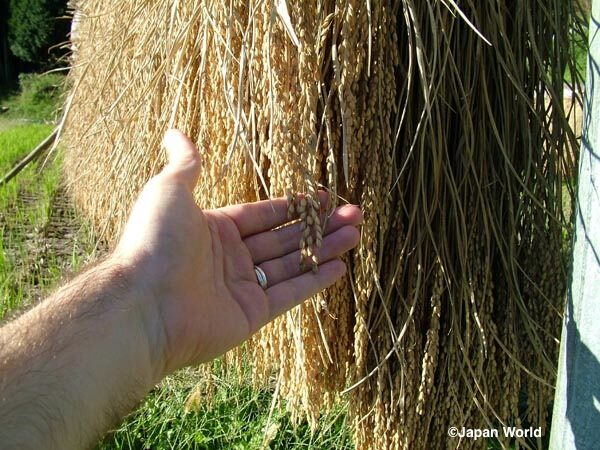Gifu Castle was mostly destroyed in one of the many inflammatory lead up battles culminating
in the Battle of Sekigahara in late 1600. The castle, held by Nobunaga’s grandson, Oda Hidenobu, was attacked by Tokugawa adherents, Fukushima Masanori and Ikeda Terumasa and greatly
damaged in the Battle of Gifu. In 1601, Tokugawa Ieyasu ordered the destruction of the remaining
structures of Gifu Castle. It is said that Ieyasu had the castle razed so as to dissuade any one from attempting follow the Oda and rise up against the Tokugawa. Some parts of Gifu Castle were re-used in the building of nearby Kano Castle.
The castle keep was rebuilt in 1910, but was destroyed by fire in 1943. The current keep, made
of concrete, dates from 1956 and acts as a museum, displaying Oda Nobunaga and samurai related artifacts, including suits of armour and weapons, and provides a 360 degree panoramic view of Gifu city below, and the surrounding Nobi plain. The castle is seasonally open at nights for night viewing too. Access is via one of many walking trails taking between 45 and 60 minutes, or a three minute
cable car ride and short 5 minute walk to the donjon.
Gifu Castle is a popular tourist destination, particularly among fans of the hero, Oda Nobunaga.
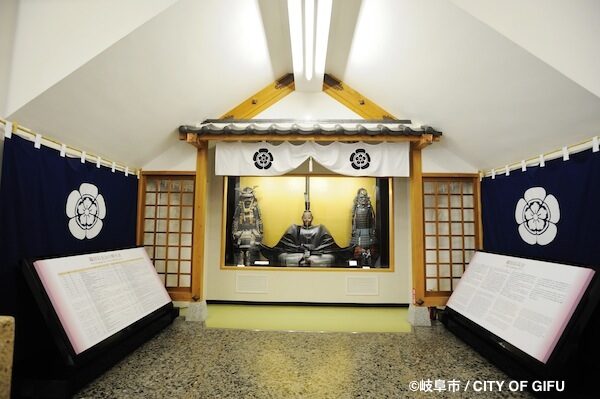
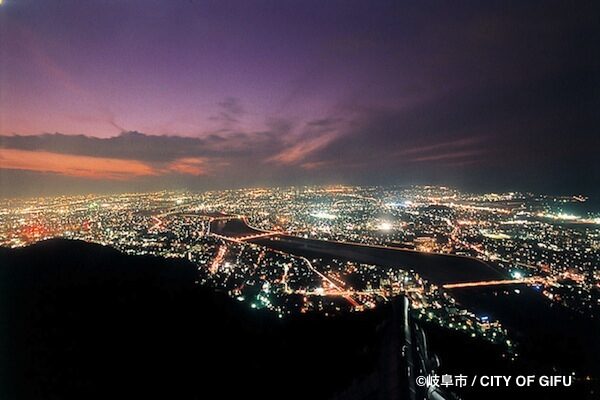
For over 800 years, Gifu Castle has watched over the city of Gifu from the 329m high peak of Mt Kinka. Below it flows the mighty Nagara River, acting as a natural moat for the castle that has long been associated with the Sengoku, or warring States period, and long been a symbol of Gifu City.
Gifu castle was originally known as Inabayama Castle, and was built by the Nikaido clan around 1201. Over the years it was strengthened and enlarged by such daimyo as the Saito clan of Mino, and the Oda clan of Owari.
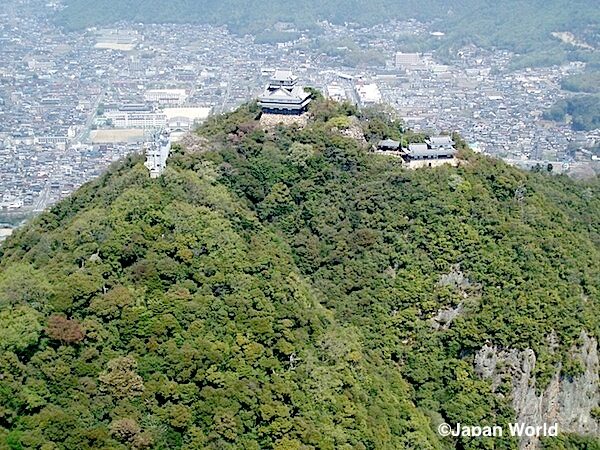
Taken By 16 Samurai
Despite its reputation as a strong, impenetrable castle, it was once taken by a small band of just sixteen
samurai!
Takenaka Hanbei was a military advisor to the lord of Gifu Castle, the 14 year-old Saito Tatsuoki and his father, Saito Yoshitatsu before him. Hanbei was a brilliant tactician, although a sickly, and effeminate man. A samurai of Gifu Castle gravely insulted the strategist by urinating on him as he passed below one of the castles’ defensive turrets. His complaints to the lord of the castle to have the perpetrator punished went unheeded, and so some time later, Hanbei entered the castle with his band of 16 on the pretext of visiting his sick brother, however used the entrance to make an attempt on the life of Saito Tatsuoki. The confused Tatsuoki, thinking an army of attackers had entered the castle, fled for his life, abandoning the castle and his men. Hanbei took the castle easily, Having heard of the coup, Oda Nobunaga then requested Hanbei give the castle to him, however Hanbei refused, instead returning the property to Tatsuoki, and then left the service of the Saito clan. The greatly embarrassed Tatsuoki, who had lost a great deal of reputation and honour from the cowardly retreat would not keep the castle for long.
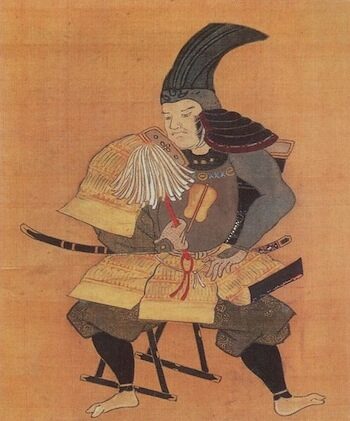
When Oda Nobunaga attacked the castle in 1564, many of the troops under Tatsuoki remembered his cowardice and either fled themselves or defected to the Oda. Nobunaga then relocated his headquarters from Komaki Castle to the centrally located fortress and renamed it “Gifu.” Taking the first character from Qishan, (岐山) the mountain from which ancient China was said to have been unified, and the character fu from the birthplace of Confucious, Qufu, (曲阜) which also means “the base of the mountain”. Nobunaga
rebuilt the castle making it even more impressive in his effort to unify and control Japan.
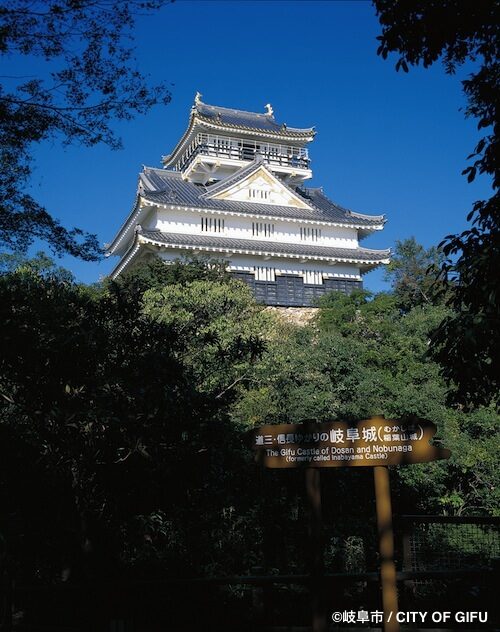
Gifu Castle Yesterday and Today
Although the tenshu, the keep at the top of the mountain, now represents the castle, it was merely a watchtower from which to view the surrounding Nobi Plain, and a showpiece, a visible reminder to all for miles around of the might of the daimyo. The actual main castle area itself sat in at the base of the mountain. There, Nobunaga built a magnificent golden palace four stories high, with over 20 rooms, and surrounded by four or five splendid gardens. It was the biggest non-Buddhist structure in the nation at the time, and restoration work is currently being considered.
Gifu and its castle became well known throughout Europe following comments written by Portuguese Jesuit Missionary, Fr. Louis Frois, who befriended Oda Nobunaga in 1569, even staying in the lord’s personal residence in Gifu while working on a series of manuscripts that would become books on Japanese history and culture. Frois wrote glowingly of Gifu, describing it as a “Rich center of trade and commerce,” and a “bustling Babylon”.
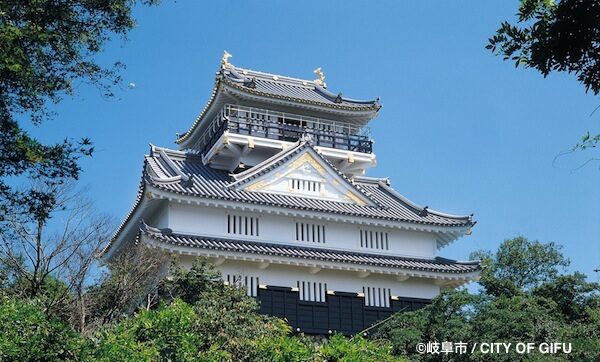
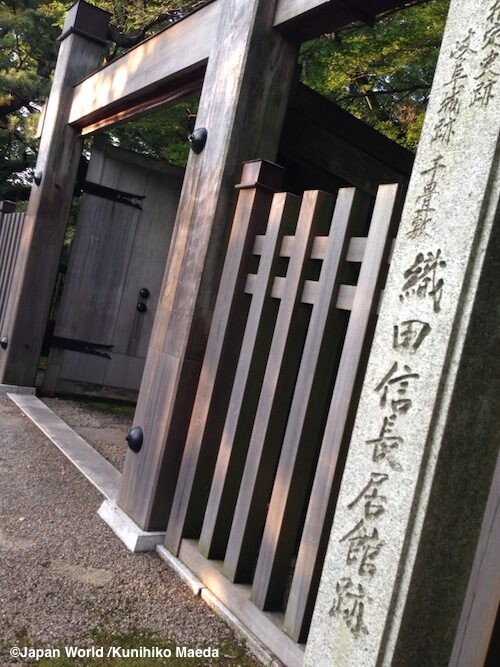
Information
View Larger Map
Address; 18 Kinkazan Tenshyukaku Gifu City
岐阜市金華山天主閣18
Admission; Adult 200Yen Children 100 Yen
大人200円 子供100円
Web Site; http://www.gifucvb.or.jp/en/01_sightseeing/01_02.html (English)
http://www.gifucvb.or.jp/sightseeing/detail_kankou.php(Japanese)
